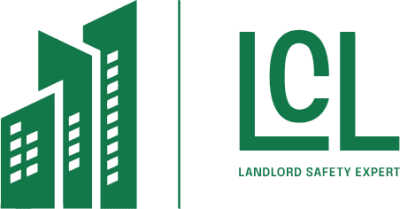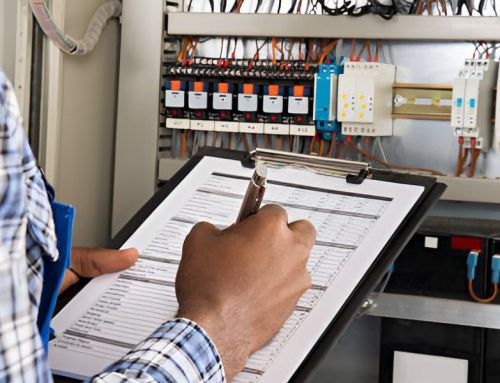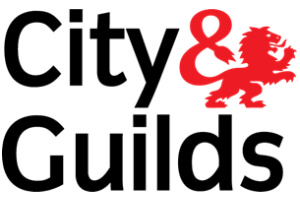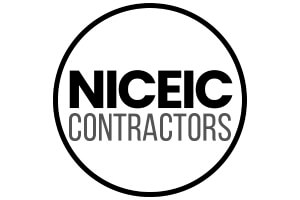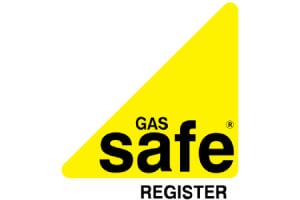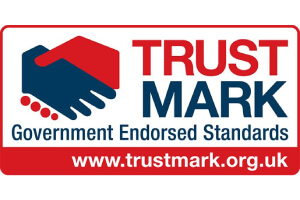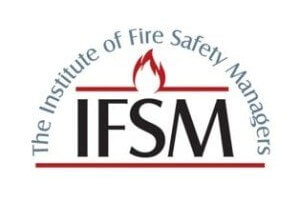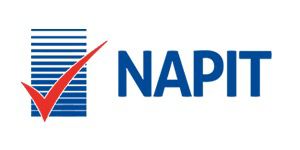
The cost of an Electrical Installation Condition Report (EICR) varies greatly based on several factors. Property size, geographic location, and the condition of electrical systems all impact pricing. Typical charges range from £100 to £300, with metropolitan areas generally higher than rural regions. Additional factors, such as the certification level of the inspector and potential hidden Eicr Cost, must also be considered. Understanding these variables is essential for accurate budgeting and compliance, leading to further insights into the value of regular inspections.
Key Takeaways
- EICR costs typically range from £100 to £300, depending on property size and location.
- Metropolitan areas generally charge higher fees compared to rural regions for EICR services.
- The condition of electrical installations may lead to additional assessment costs during the EICR process.
- Commercial properties incur higher costs due to more extensive inspections and compliance requirements.
- Obtaining multiple quotes is essential for accurate budgeting and informed decision-making regarding EICR services.
Understanding Electrical Installation Condition Reports (EICR)
While ensuring electrical safety is paramount, the Electrical Installation Condition Report (EICR) serves as a critical assessment tool for evaluating the safety and performance of electrical installations.
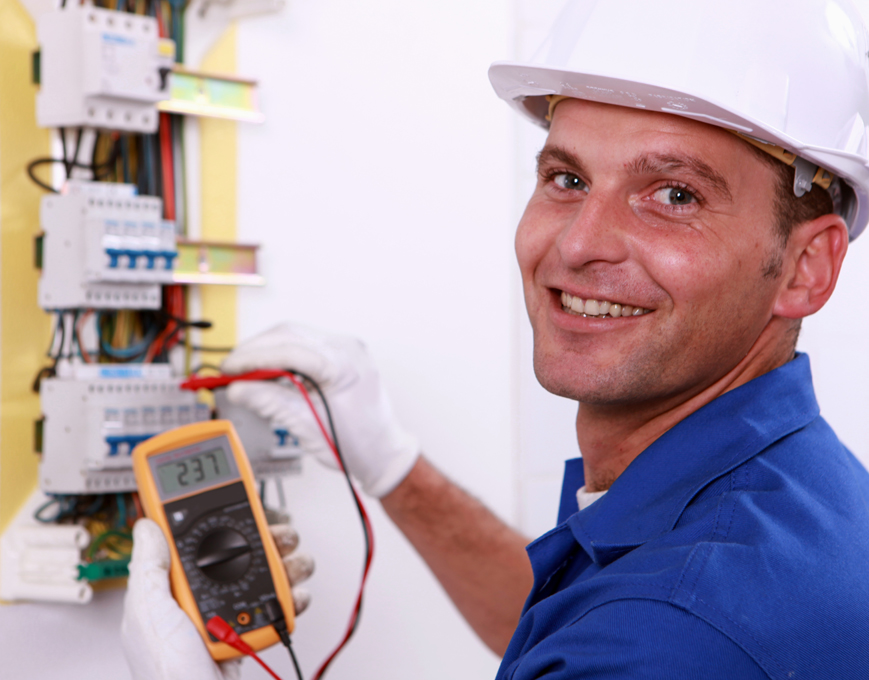
The EICR’s importance lies in its ability to identify potential hazards, ensuring compliance with regulatory standards. Regular EICR frequency, typically every five years for domestic properties, enhances safety and reliability by facilitating timely rectifications.
This proactive approach not only mitigates risks but also fosters an environment of continuous improvement in electrical safety practices. Consequently, understanding EICR protocols is essential for professionals aiming to uphold high standards in electrical installation management.
Factors Influencing EICR Costs
Several factors considerably influence the costs associated with Electrical Installation Condition Reports (EICRs), making it vital for stakeholders to understand these variables.
- Property Size: Larger properties typically require more extensive inspections, impacting EICR pricing.
- Location: Geographic location can affect labor costs and accessibility, influencing overall expenses.
- Condition of Installation: Deteriorated or complex installations may necessitate additional analysis, consequently increasing costs.
- Certification Level: The qualifications and experience of the inspector can vary EICR factors, with higher expertise often commanding premium fees.
Understanding these elements is essential for accurate budgeting and effective decision-making regarding EICR services.
Typical Price Ranges for EICR Services
The cost of Electrical Installation Condition Report (EICR) services varies considerably based on several influencing factors, including the complexity of the electrical installation and the qualifications of the inspector.
Regional pricing disparities also play an important role, as costs may differ markedly between urban and rural areas.
Understanding these typical price ranges is essential for budgeting and selecting appropriate service providers.
Factors Influencing EICR Costs
Understanding the costs associated with an Electrical Installation Condition Report (EICR) involves examining various influencing factors.
These elements shape the pricing landscape, reflecting market trends and the methodologies of service providers.
- Property Size: Larger properties necessitate more extensive inspections, influencing costs.
- Complexity of Installation: Intricate electrical systems require more detailed analysis.
- Location: Geographic factors can impact service availability and pricing.
- Condition of Electrical System: Older or poorly maintained systems may incur higher costs due to additional required assessments.
These factors collectively inform the overall pricing structure of EICR services.
Average Pricing by Region
While regional variations can greatly influence the cost of Electrical Installation Condition Report (EICR) services, typical price ranges provide a useful benchmark for property owners.
In metropolitan areas, EICR services generally range from £150 to £300, reflecting higher labor costs and demand. Conversely, rural regions may see prices between £100 and £200, presenting a more economical option.
A thorough cost comparison across regions underscores these disparities, emphasizing the importance of obtaining multiple quotes. Understanding regional pricing equips property owners with the knowledge necessary to make informed decisions regarding EICR services while ensuring compliance with safety regulations.
Differences in Pricing for Residential vs. Commercial Properties
The pricing for Electrical Installation Condition Reports (EICR) varies markedly between residential and commercial properties, primarily due to differences in property size and complexity.
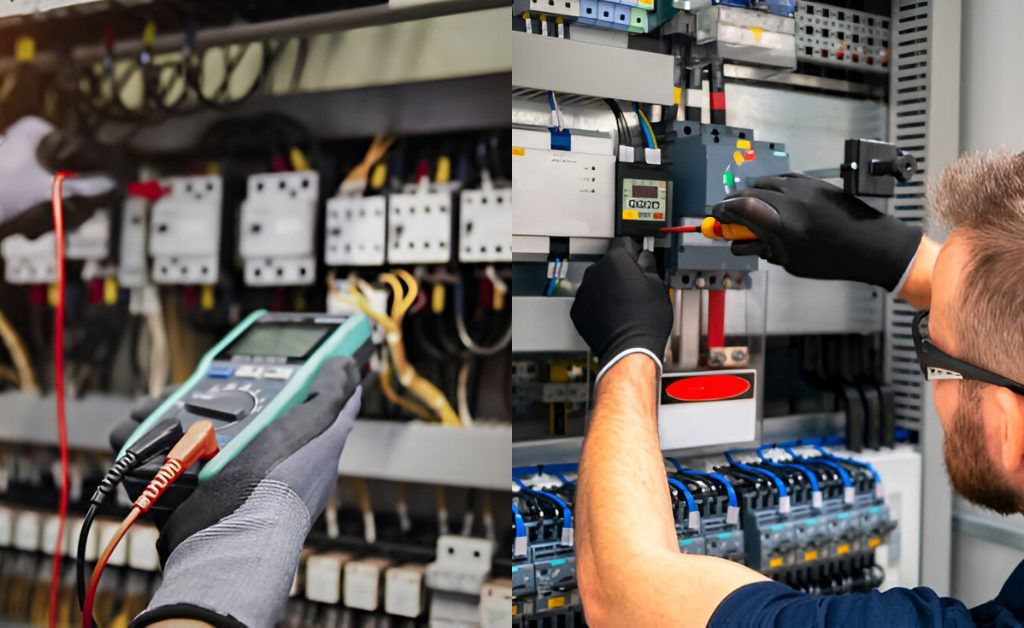
Larger commercial properties typically require more extensive inspections to meet stringent compliance requirements, resulting in higher costs.
Additionally, the regulatory framework governing commercial installations often imposes additional standards that further influence pricing structures.
Property Size Impact
Property size greatly influences the cost of an Electrical Installation Condition Report (EICR), creating distinct pricing structures for residential and commercial properties. The variation in property dimensions directly affects the installation complexity, leading to differences in required labor and materials.
Consider the following factors:
- Square footage: Larger properties necessitate more extensive inspections.
- Accessibility: Difficult-to-reach areas increase labor time and costs.
- Electrical systems: Commercial properties often feature more complex configurations.
- Regulatory requirements: Varying standards for residential versus commercial installations can affect pricing.
Understanding these factors is essential for accurate budgeting.
Compliance Requirements Differences
Compliance requirements for electrical installations vary considerably between residential and commercial properties, impacting the overall cost of an Electrical Installation Condition Report (EICR).
Residential properties typically adhere to less stringent compliance standards, resulting in lower costs for EICR assessments. In contrast, commercial properties face more rigorous regulatory requirements, necessitating thorough inspections and potentially higher expenses.
These differences arise from the complexity of systems, the scale of operations, and the need for adherence to industry-specific regulations. Consequently, understanding these compliance discrepancies is essential for property owners to anticipate costs and guarantee proper adherence to applicable electrical safety standards.
Additional Costs to Consider
While evaluating the costs associated with an Electrical Installation Condition Report (EICR), it is crucial to factor in additional expenses that may arise beyond the initial inspection fee.
These potential costs can include:
- Remedial Work: Necessary repairs following the inspection.
- Travel Charges: Fees for technicians traveling to remote locations.
- Certification Fees: Charges for issuing compliance documents post-inspection.
- Hidden Charges: Unexpected costs arising from unforeseen electrical issues.
Understanding these additional fees guarantees thorough budgeting and avoids financial surprises during the EICR process, contributing to a complete assessment of the electrical system’s condition.
How EICR Costs Vary by Location
Costs associated with an Electrical Installation Condition Report (EICR) can markedly fluctuate based on geographic location.

Regional pricing structures greatly influence EICR costs, with urban areas typically commanding higher fees due to increased demand and operational overheads. In addition, local regulations may impose additional compliance requirements, thereby affecting the overall cost.
Urban areas generally see higher EICR costs due to demand and local regulatory compliance requirements.
For instance, stringent safety standards in metropolitan regions can necessitate more thorough inspections, leading to elevated pricing. Conversely, rural areas might benefit from lower rates, albeit with potential limitations in service availability.
Understanding these regional dynamics is vital for accurately forecasting EICR expenditures in various locales.
The Importance of Regular EICR Inspections
Regular EICR inspections are essential for ensuring the safety and reliability of electrical systems in residential and commercial properties.
These inspections not only verify safety compliance but also help mitigate potential hazards.
The significance of regular inspections can be distilled into four key points:
- Risk Mitigation: Identifying potential electrical faults before they escalate.
- Regulatory Compliance: Adhering to legal requirements and standards.
- System Reliability: Enhancing the longevity and performance of electrical systems.
- Insurance Assurance: Supporting claims through documented evidence of safety compliance.
Ultimately, regular EICR inspections are a critical component of effective electrical management.
Investing in Safety: The Value of an EICR
Investing in an Electrical Installation Condition Report (EICR) is a critical decision for property owners, as it serves as a fundamental safeguard against electrical hazards. The EICR benefits extend beyond mere compliance; it guarantees enhanced safety, reduces the risks of electrical fires, and provides peace of mind. By identifying potential issues early, property owners can avert costly repairs and liabilities.
| EICR Benefits | Description |
|———————–|———————————————–|
| Safety Assurance | Reduces electrical hazards |
| Compliance | Meets legal requirements |
| Cost Efficiency | Prevents expensive future repairs |
| Peace of Mind | Enhances overall property safety |
| Risk Mitigation | Minimizes liability and insurance costs |
